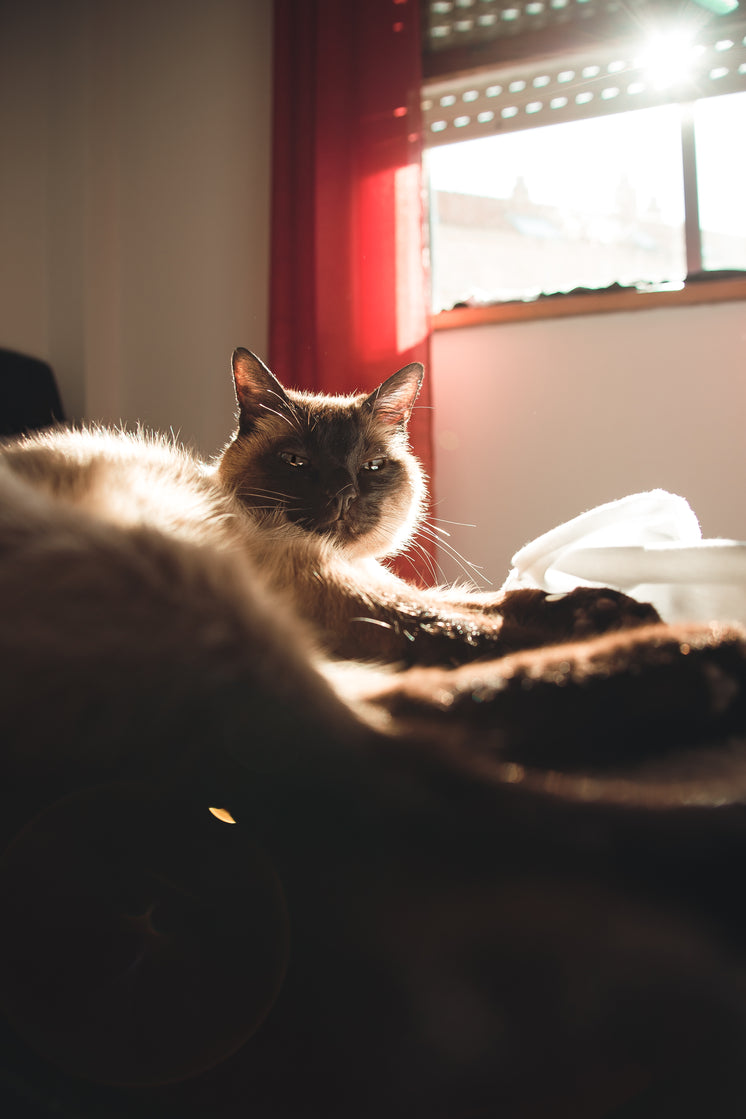The Cultural Significance of Cat Litter in Pet Ownership
The Cultural Significance of Cat Litter in Pet Ownership
Blog Article

Cat litter and litter boxes play a critical function in the lives of both felines and their owners. From the humble beginnings of sand and soil to the innovative improvements these days, the world of cat litter has actually evolved considerably. In this detailed guide, we explore every element of cat litter and litter boxes, exploring their history, types, benefits, challenges, and everything in between.
The history of cat litter dates back centuries, with ancient civilizations using sand, soil, and even ashes as primitive litter materials. However, it wasn't until the mid-20th century that contemporary cat litter as we understand it emerged. In 1947, Edward copyright introduced the world's first commercial cat litter made from absorbent clay, transforming the way cats relieved themselves inside your home. Ever since, cat litter has undergone various changes, with the introduction of clumping litter, silica gel litter, naturally degradable choices, and more.
Today, cat owners are spoiled for choice when it pertains to picking the best litter for their feline buddies. Traditional clay litter remains popular for its price and efficiency in taking in odors. Clumping litter, which forms strong clumps when wet, streamlines cleansing and maintenance. Silica gel litter, composed of highly absorbent silica crystals, uses remarkable smell control and longevity. Biodegradable options, such as recycled paper, wood pellets, corn, and wheat, appeal to ecologically mindful consumers.
Each kind of cat litter uses distinct advantages. Clay litter excels in its capability to take in moisture and control odors, making it a reliable option for numerous cat owners. Clumping litter simplifies day-to-day scooping and extends the time between complete litter modifications. Silica gel litter provides exceptional smell control and can last longer in between replacements. Biodegradable litters offer a sustainable option that reduces environmental effect.
While cat litter improves indoor feline hygiene, it is not without its obstacles. Dust cat litter from clay litter can position respiratory threats for both cats and humans, triggering the popularity of dust-free alternatives. Some felines might develop litter box hostility due to problems with texture, aroma, or cleanliness, demanding experimentation with different litters and box setups. Multi-cat homes may need strategic litter box positioning and frequent upkeep to prevent territorial disagreements and guarantee all felines have access to clean centers.
Choosing the proper litter box is vital for promoting positive litter box practices and total feline well-being. Elements to consider consist of size, accessibility, and design choices. Covered litter boxes provide privacy and aid include smells, but some felines may discover them confining or frightening. Open-top litter boxes offer simple access and exposure but might lead to more litter scatter. Automatic self-cleaning litter boxes streamline maintenance however require regular tracking and upkeep.
Appropriate litter box upkeep is cat litter boxes essential for ensuring a clean and welcoming environment for both cats and their owners. Daily scooping eliminates waste promptly, lessening odor and preventing litter box aversion. Regular litter replacement, usually every 1-2 weeks, prevents bacterial accumulation and keeps optimal absorbency. Extensive cleaning with moderate detergent and water, avoiding severe chemicals that might discourage cats from utilizing package, should be performed monthly.
Cat litter and litter boxes play a main function in fostering a healthy and unified relationship in between cats and their human companions. With a diverse variety of litter alternatives and litter box designs available, cat owners have the versatility to customize their options to fit their felines' choices and family requirements. By understanding the development, types, advantages, and obstacles of cat litter and litter boxes, pet owners can provide their feline cat litter scooper buddies with a comfortable and sanitary indoor environment.